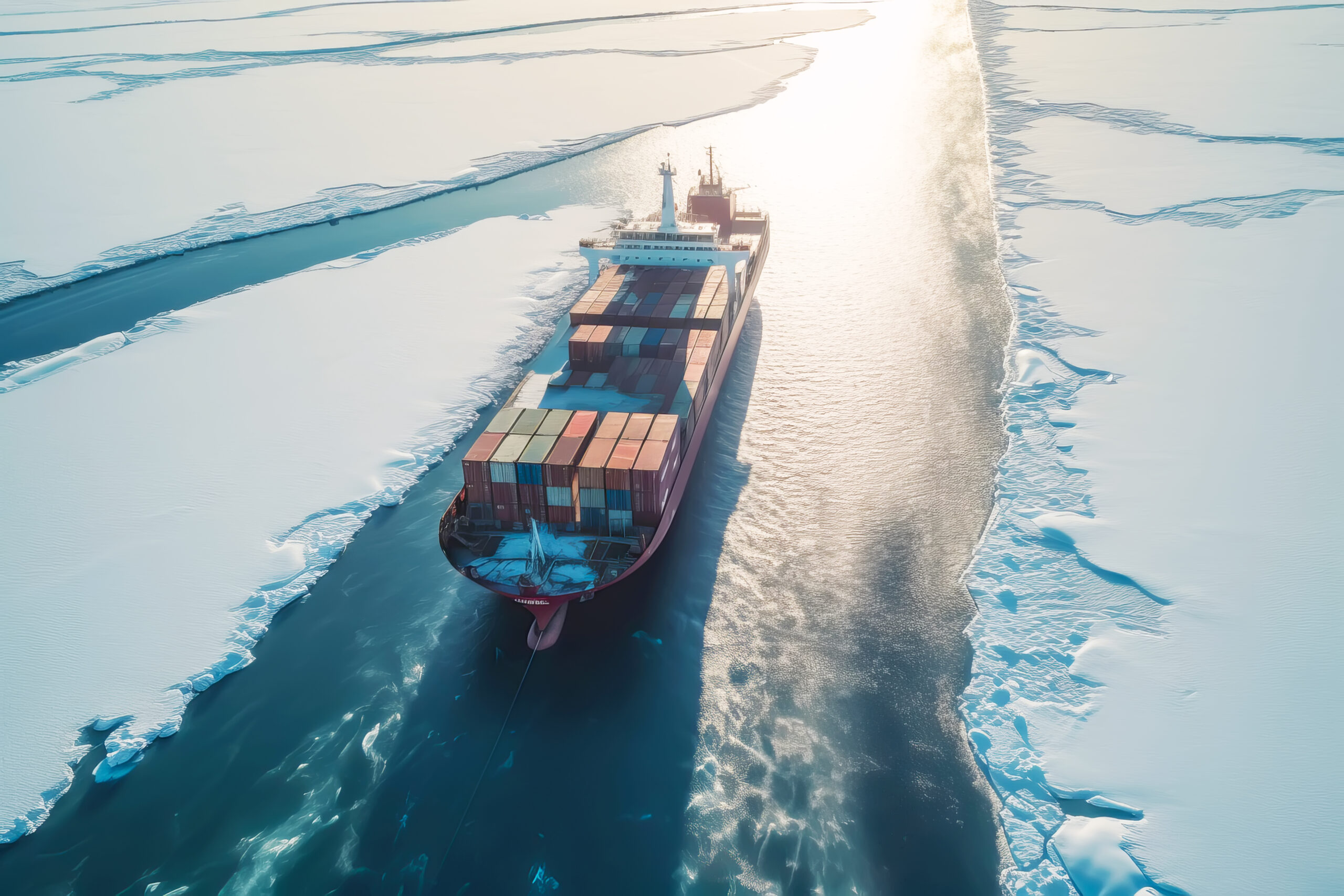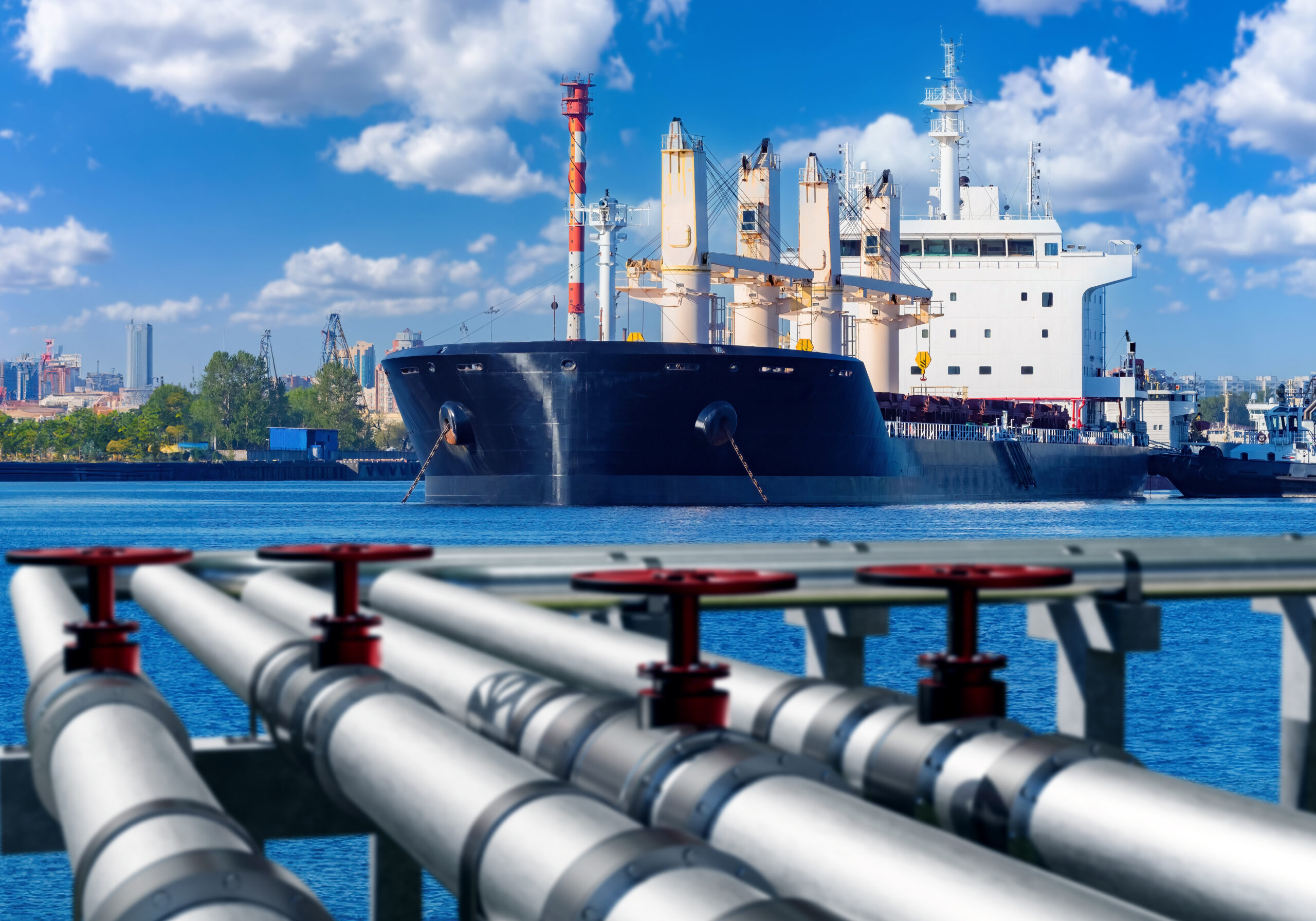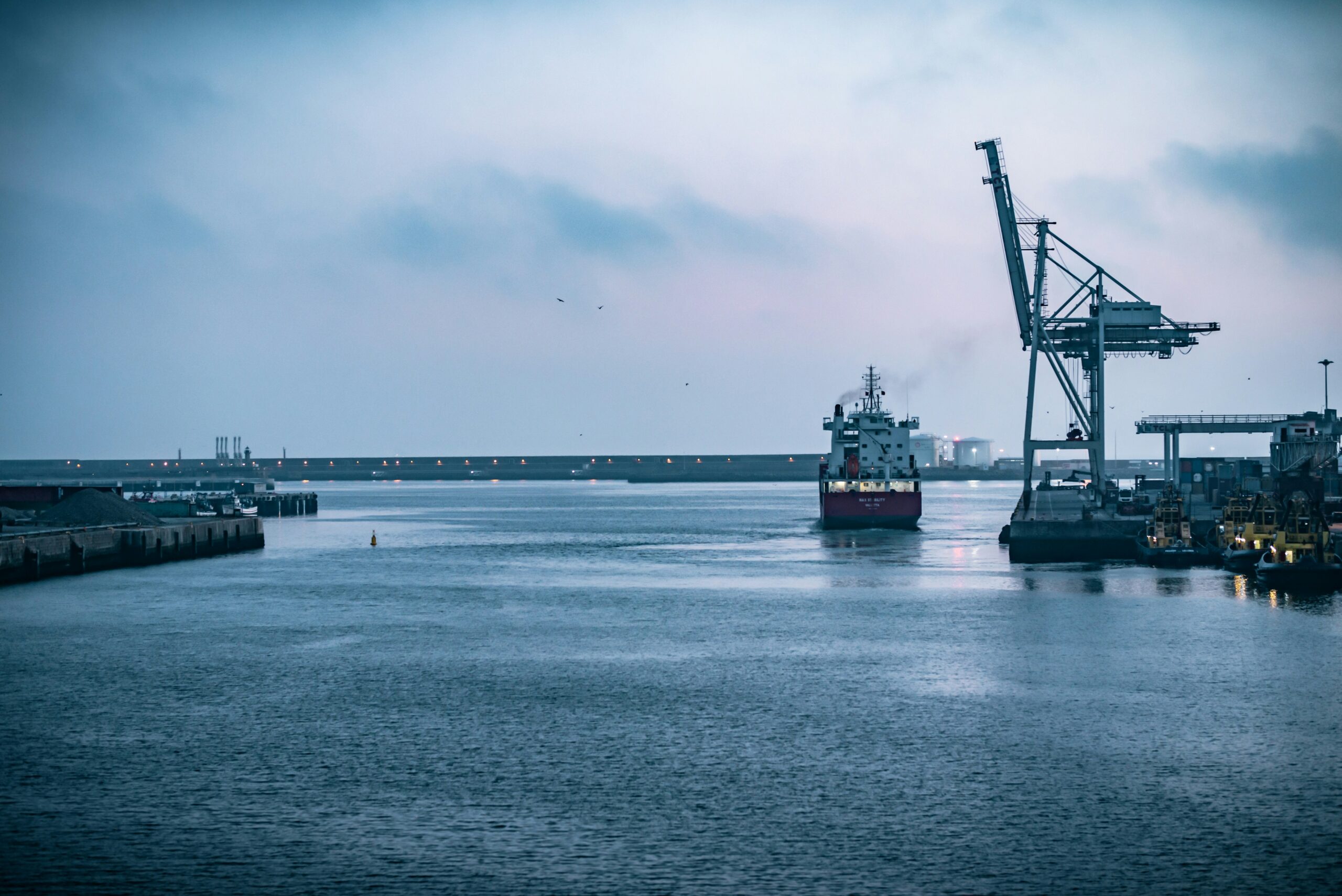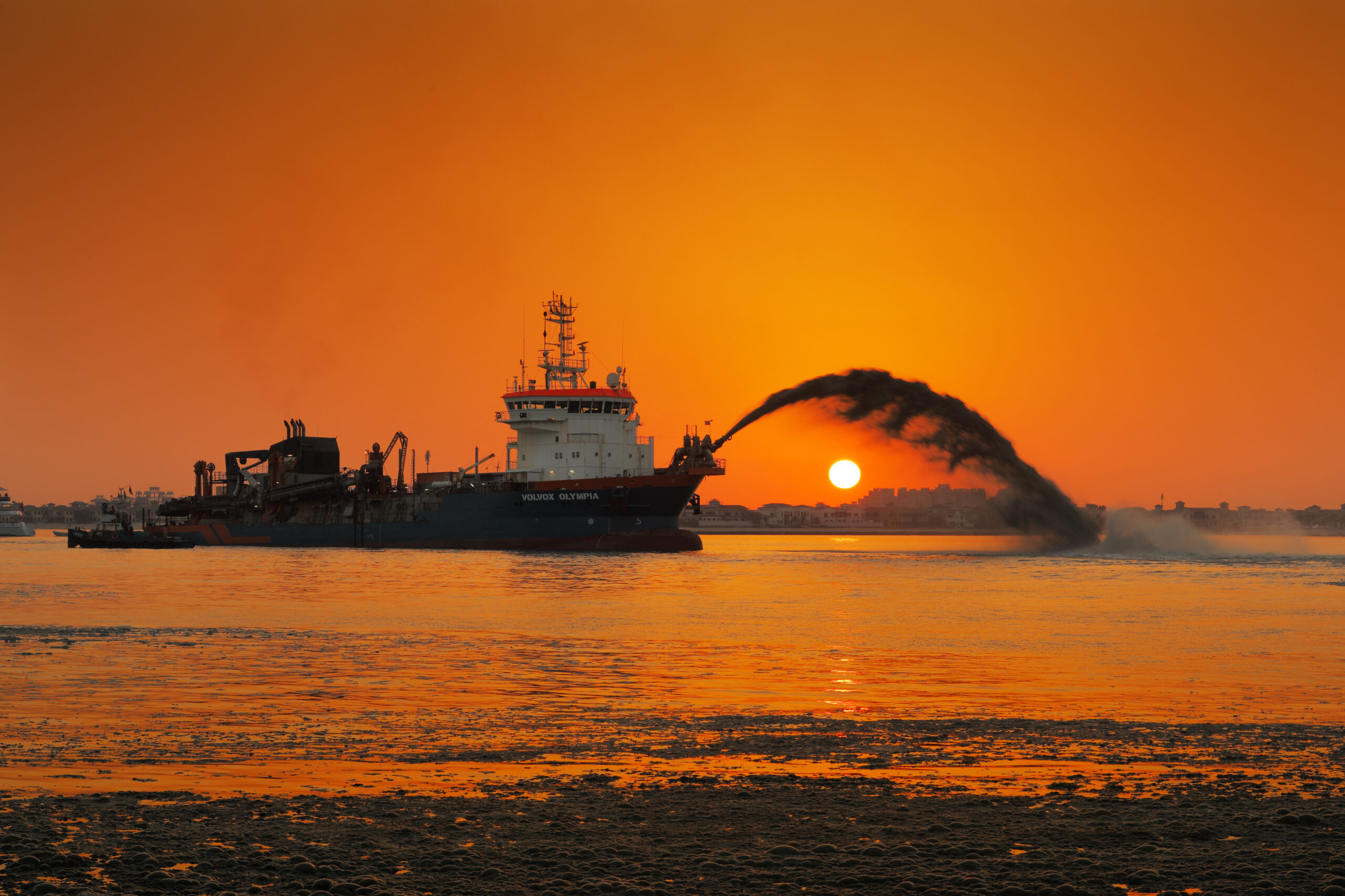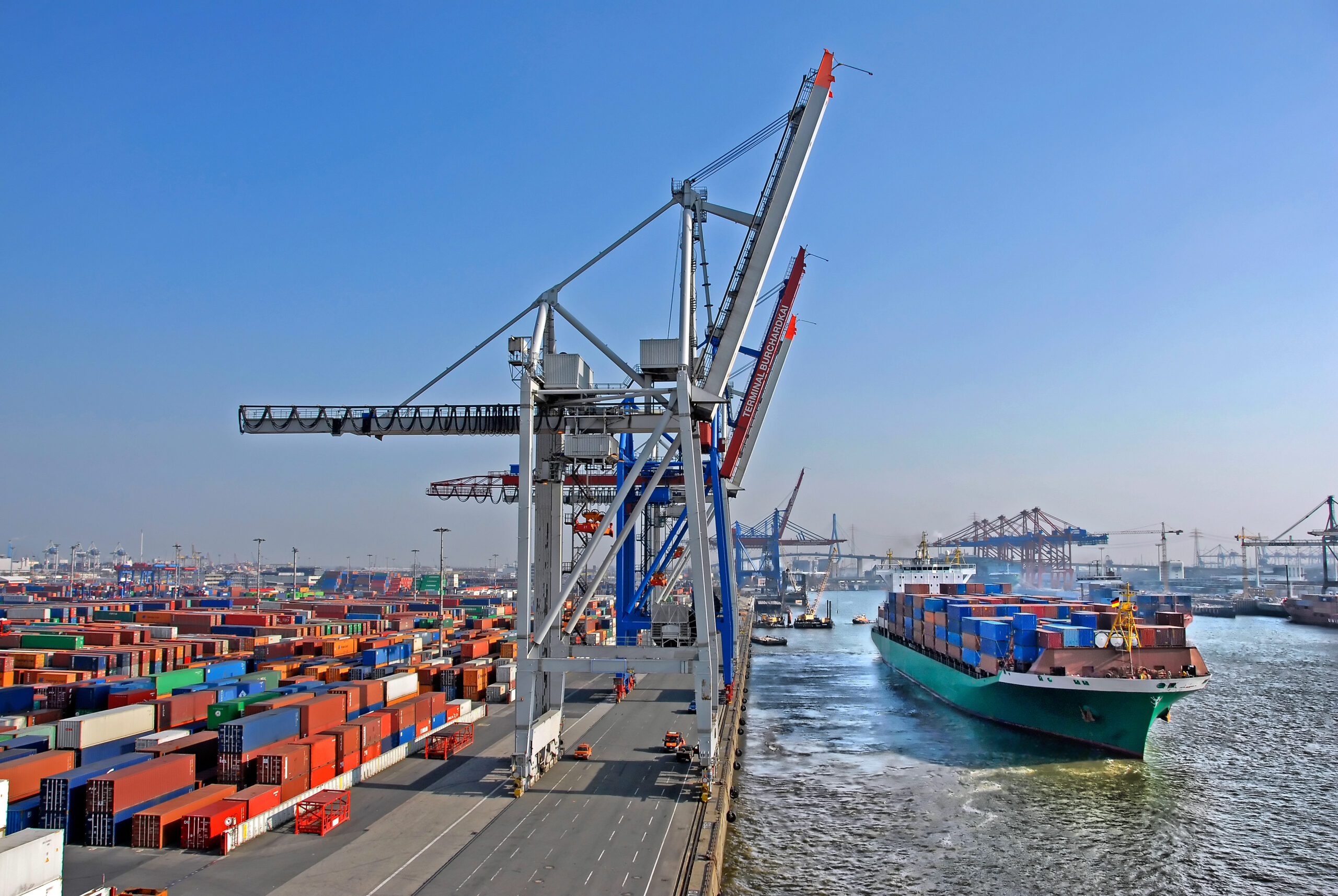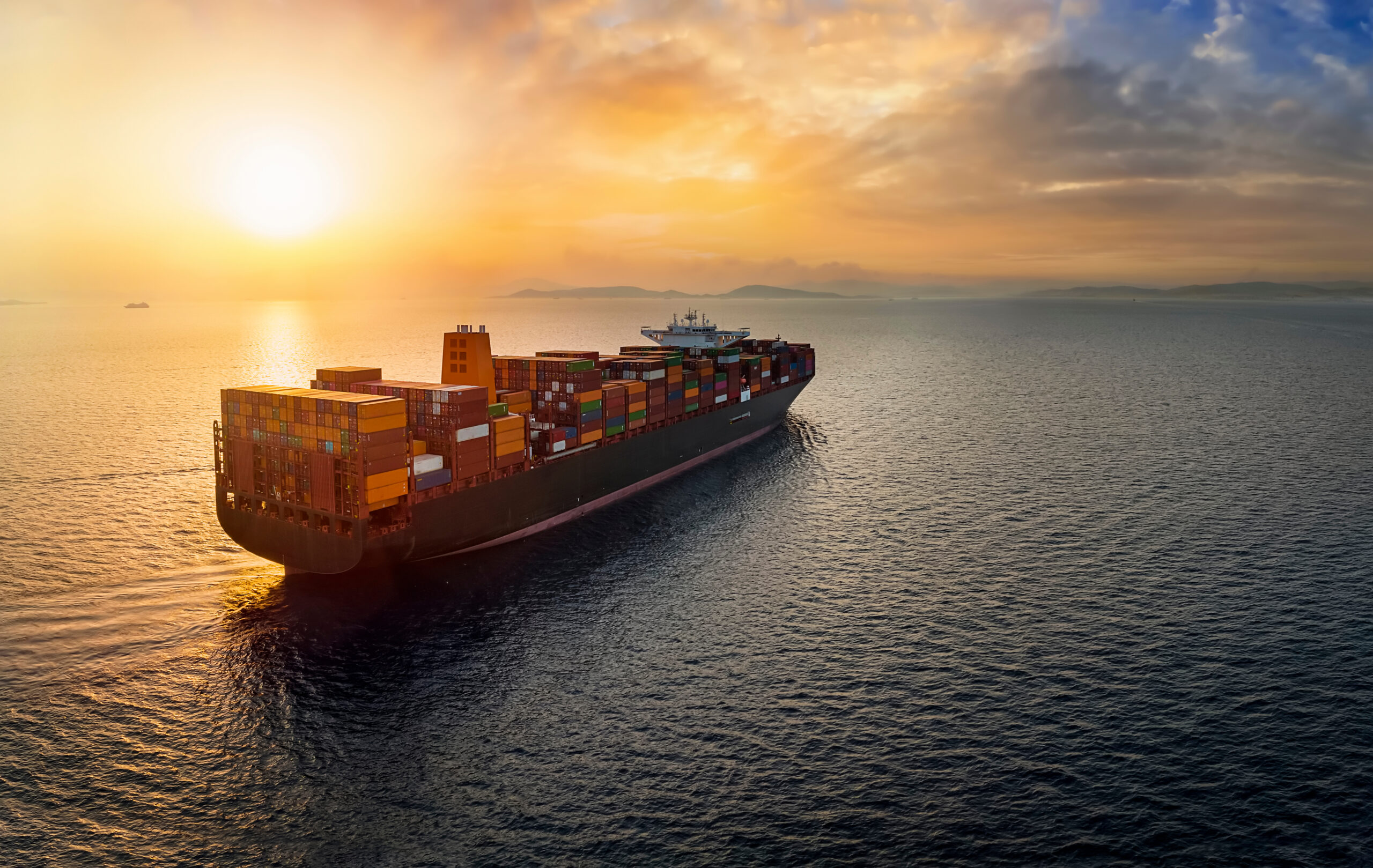
Ammonia Combustion: Internal Combustion Engines and Gas Turbines
“Abstract:
The quest for renewable energy sources has resulted in alternative fuels like ammonia, which offer promising carbon-free fuel for combustion engines. Ammonia has been demonstrated to be a potential fuel for decarbonizing power generator, marine, and heavy-duty transport sectors. Ammonia’s infrastructure for transportation has been established due to its widespread primary use in the agriculture sector. Ammonia has the potential to serve as a zero-carbon alternative fuel for internal combustion engines and gas turbines, given successful carbon-free synthesis and necessary modifications to legacy heat engines. While its storage characteristics surpass those of hydrogen, the intrinsic properties of ammonia pose challenges in ignition, flame propagation, and the emissions of nitrogen oxides (NOx) and nitrous oxide (N2O) during combustion in heat engines. Recent noteworthy efforts in academia and industry have been dedicated to developing innovative combustion strategies and enabling technologies for heat engines, aiming to enhance efficiency, fuel economy, and emissions. This paper provides an overview of the latest advancements in the combustion of neat or high-percentage ammonia, offering perspectives on the most promising technical solutions for gas turbines, spark ignition, and compression ignition engines.”
Eyisse, E.F., Nadimi, E. and Wu, D. (2024) ‘Ammonia combustion: Internal combustion engines and Gas Turbines’, Energies, 18(1), p. 29. doi:10.3390/en18010029.
The full report is accessible via: https://doi.org/10.3390/en18010029
For related publications please see Resources – UK National Clean Maritime Research Hub

